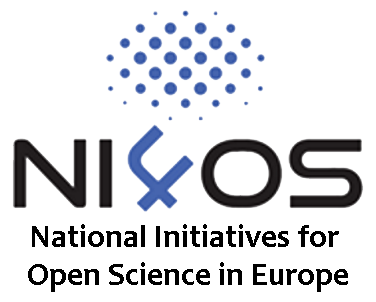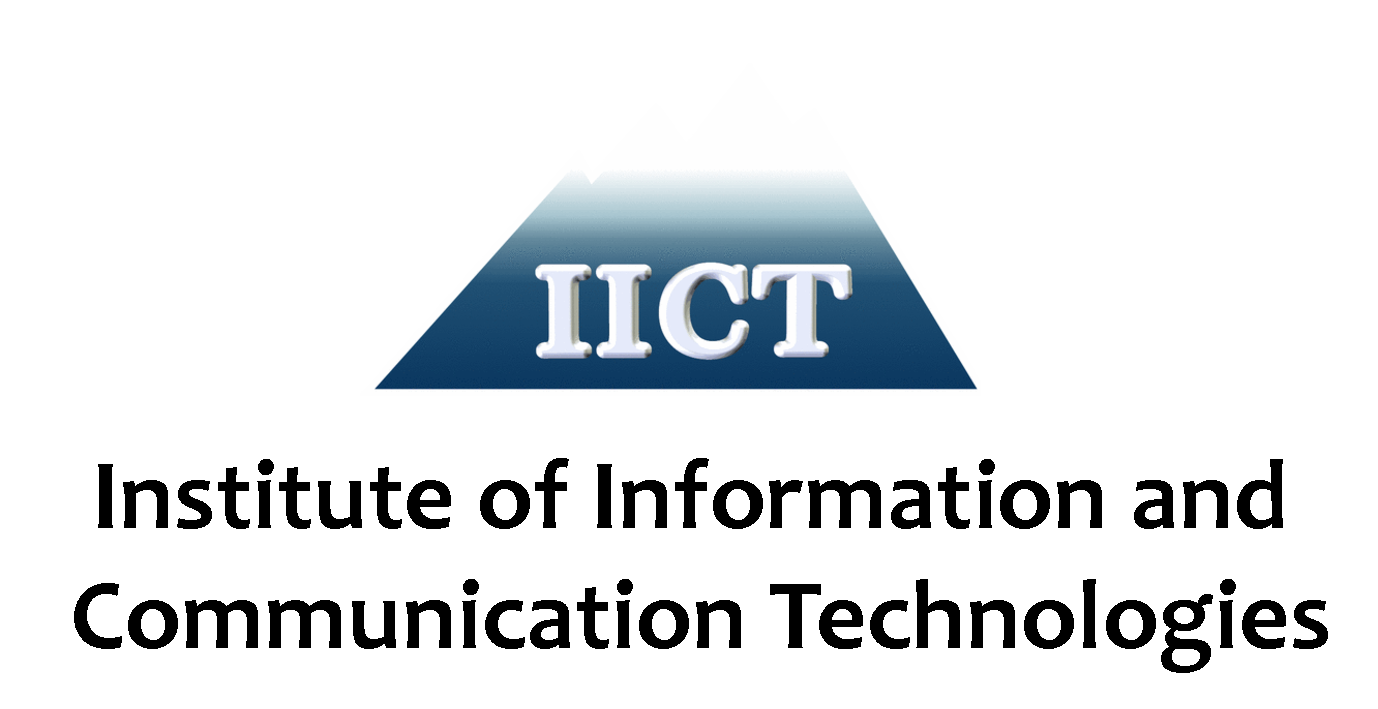The RINCCAS method, an abbreviation of the above title [1], was originally developed by a team of IICT-BAS, to
participate in DAFNE (Digital Anastylosis of Frescos challeNgE) race, June-July 2019, [2]. The method consists
of two phases. Phase 1 extends the classic Normalized Cross Correlation (NCC) for template matching of arbitrary
curvilinear 2D shapes of fragments that are assumed to belong to a fresco as perceived in a photograph. For this
purpose, each fragment is approximated by one (up to several, but not overlapping) Maximal & Axes-Collinear
Inner Rectangles (MACIRs). The method extension also includes rotation invariance and vector compatibility of
NCC with respect to the three (RGB) color channels. The high positioning accuracy of the Phase-1 output makes it
possible to identify eventual/existing spurious fragments in Phase 2 of RINCCAS, as follows − by HSV scheme for
color differences, and by accurate recognition of possible overlaps among the fragments. The first phase is
‘log-cubically’ complex in speed, estimated on the average size of the MACIRs of the fragments. For a number of
DAFNE tasks, the 1st phase of RINCCAS requires high computational resources (HPC), while a conventional PC is
sufficient for its 2nd phase, even in the case of multiple interactive optimizations of the chosen ratio between
true and spurious fragments.
The bottleneck of the method, i.e. its 1st Phase low speed, was resolved by developing the RINCCAS-HPC
application as a digital cultural heritage project under the NI4OS-Europe open call in May 2023. RINCCAS-HPC
application can be considered as a service working in a HPC environment using Avitohol supercomputer where this
supercomputer appears as generic service in NI4OS-Europe catalogue. RINCCAS-HPC uses the original RINCCAS software
which is updated for parallel implementation on HPC environment, in our case on Avitohol supercomputer
Thus our service depends mainly on the 1st Phase on Avitohol and somewhat on its second phase on the same PC
that mainly controls the dialogue with us via the site rinccas.avitohol.acad.bg. How long, depends on our
request volume. For instance, the reconstruction of the example fresco here (600 fragments, i.e. ~69% of its
1983x2400 pix RGB area) runs on 1 node (16 cores) of Avitohol in about 12 hours. If we submit a 2x larger task,
this time will increase by ~8.5x accordingly, but if we are in a hurry, we will include the necessary extra
power from Avitohol to make this happen again in 12 hours, or much faster if we want it.
[1] Dimov, Dimo T. (2020) Rotation-invariant NCC for 2D color matching of arbitrary shaped fragments of a
fresco. Pattern Recognition Letters, 138, October 2020, ELSEVIER, DOI:
https://doi.org/10.1016/j.patrec.2020.08.010, 431-438,
https://www.sciencedirect.com/science/article/pii/S0167865520303081
[2] Cantoni, V., G.L. Foresti, N. Sebe (2021) Editorial for the special issue on the DAFNE project (Digital
Anastylosis of Frescoes challeNgEc, Pattern Recognition Letters, 147, July 2021, 179-180,
https://www.sciencedirect.com/science/article/pii/S0167865521001550)


